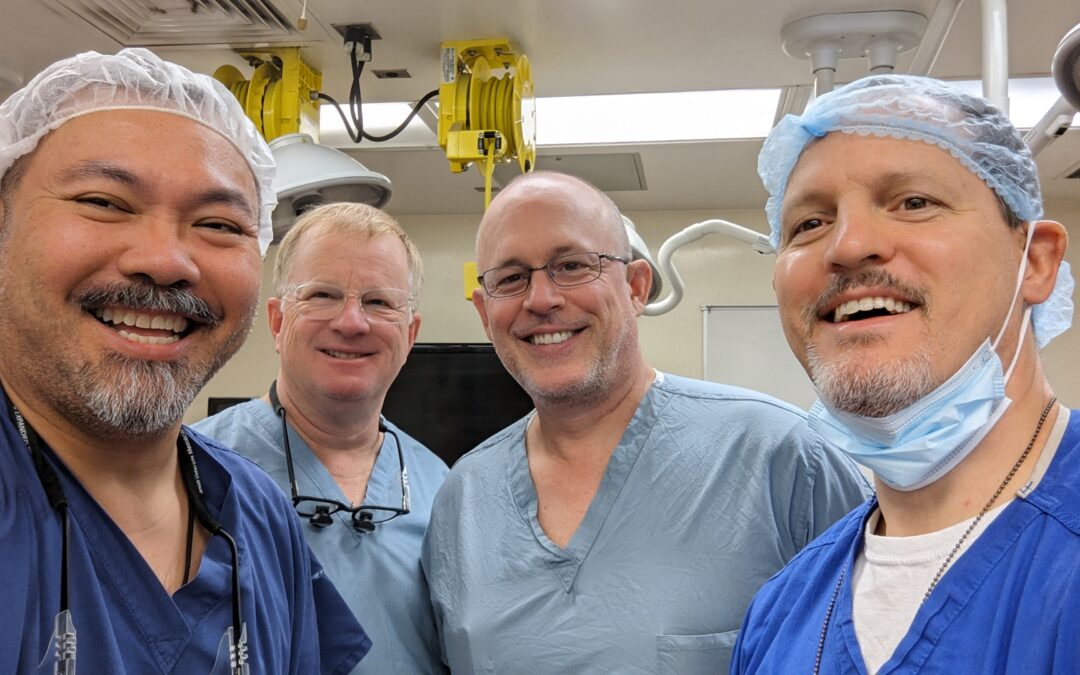Post-Amputation Pain and Phantom Limb Pain
What is Post Amputation Pain?
PLP is a painful or unpleasant sensation in the distribution of the missing body part. This type of pain is often described as a burning, sharp, shooting, aching, pressure, and electrical in nature. It may be perceived as affecting the whole limb or just one region of the missing limb. PLP usually occurs within 6 months of the loss of the limb and may be present at 2-3 years post amputation in as many as 85% of amputees. In addition, it can persist for years after surgical amputation.
RLP or “stump pain” is usually localized to the remaining body part after amputation. It is frequently described as sharp, dull, aching, burning, and shocking in nature. It can be perceived to involve just the distal end of the stump or throughout the entire residual limb. The pain can be located deep within the residual limb but it can also be superficial in nature, often involving the skin, making it very painful to touch or rub. This is a major reason for patients not being able to tolerate wearing a prosthetic limb. The incidence of stump pain is reported to be as high as 75%.
Phantom sensation are defined as non-painful perceptions in the distribution of the lost body part that may be perceived as movement of the missing body part, size, shape or position of the missing body part, or sensations such as touch, pressure, vibration, tingling, itch, or temperature. This phenomenon occurs in as many as 2/3 of major limb amputees.
Post-amputation Pain or (PAP) Treatment
When a nerve is cut, there is sprouting of the nerve fibers (axons) on the “live” end of the nerve or the end which is still attached to the spinal cord. If the nerve is not repaired surgically, the live end of the nerve will usually form a painful structure known as a “neuroma.” A neuroma is simply a tangled mass of these sensitive nerve endings stuck in a ball of scar tissue. Each axon in our body is programmed into the brain to identify a specific area of the body. When something touches the bottom of your big toe, those nerve fibers transport a signal to the brain which lets the brain know that the big toe has been touched. In effect, those particular nerve fibers “represent” the bottom of your big toe in the brain. If you were to cut across those nerve fibers just below the level of the knee joint as part of a below knee amputation, it doesn’t change the way the brain identifies them. To the brain, the injured nerve fibers are still identified with the bottom of the big toe.
Postamputation Pain or (PAP) Causes
Now, supposing those fibers end up becoming stuck in a neuroma that is right down nerve the end of the amputation stump. Any time something pushes or stimulates the neuroma, the axons mapped to the bottom of the big toes can send a painful signal to the brain which may make you feel like the bottom of your big toe is being stabbed with a pin, shocked, or even burned with a hot coal. Neuromas can also produce painful sensations in the ends of the stumps or even pain which can radiate throughout the remaining part of the limb as well. If nerves which have been partially amputated also go to areas of skin, or of the prosthesis rubs or puts pressure on these nerves, this can result in a situation where the skin itself can become painful to even the lightest touch. This can make wearing a prosthesis nearly impossible.
The traditional approach to treating stump neuromas has been to make small incisions down at the end of the stump, try and find the neuroma amidst all the scar tissue (a losing proposition) and then just cut the nerve back a couple of centimeters and hope for the best. This approach is almost invariably doomed to failure because even if the surgeon can find the neuroma, or multiple neuromas as is often the case, it is only a matter of time before a new neuroma will grow back and the problem starts all over again.
There is now a much better approach to treating both the phantom and stump pain that arises due to peripheral nerve neuromas after amputation. With a detailed understanding of peripheral nerve anatomy, the surgeon can make incisions located remotely from the amputation stump. It is then possible to find the specific nerve responsible for the pain and disconnect them. Special techniques are then employed to prevent another painful neuroma from developing which includes burying the proximal ends of the nerve in muscle or attaching cadaveric nerve grafts which allow the native nerves to grow into them and then “burn out” before a painful neuroma can be formed. This also removes the end of the nerve away from the area where it can be irritated by the prosthesis or stretched by movement across the knee joints.
Where there was previously little hope for amputees, there are now good options to relieve both stump and potentially phantom pain. This can allow the amputee to resume wearing a prosthesis comfortably, restoring greater mobility and independence, as well as provide a major psychological boost.

International Surgical Society for Nerve-Induced Pain
What a great weekend in Baltimore for a historic gathering of the Big Four Pain-Focused Peripheral Nerve Surgeons. From left to right: Dr. Demetrio...
Pioneer in Pain-focused Peripheral Nerve Surgery
Dr. Tollestrup explains being a pioneer in Pain-focused Peripheral Nerve Surgery. He is one of a few pain-focused peripheral nerve surgeons...
Dr. Tollestrup Discusses Chronic Pain
In this episode of Dr. Tollestrup Discusses Chronic Pain, Dr. Tollestrup addresses the difference between pain-focused peripheral nerve surgery and...
